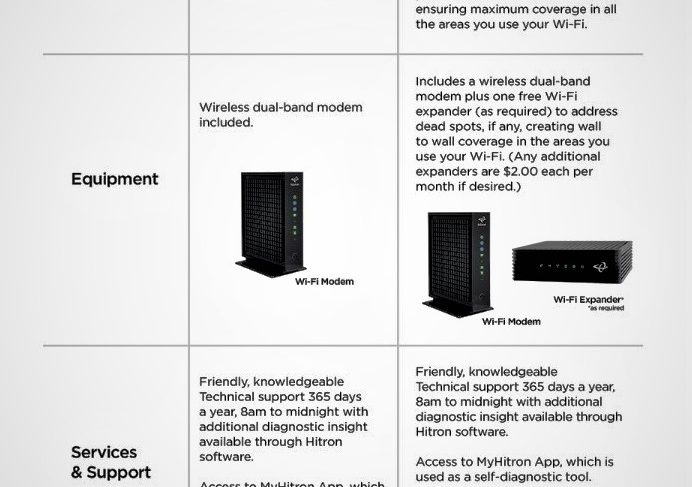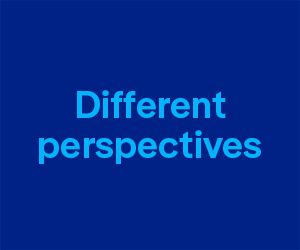
“It’s too often about more when it should be about better”
ST ANDREWS, N.B. – Broadband network owners large and small are familiar with tech support calls where the customer tells them “the internet isn’t working,” then the customer care rep checks, finds the wired broadband to the home is working just fine, and a truck rolls only to find out the in-home Wi-Fi is the problem.
It could be too many devices on the router, extenders that don’t play well with the primary connection or other consumer electronic devices that just won’t connect to the main router.
(Ed note: We customers have often heard from service providers that we should buy an extender if Wi-Fi is weak in some spots in our homes, or that whatever our Wi-Fi issue might be, it simply isn’t their problem.)
This wireless-versus-wired battle when it comes to broadband service has to stop, said Courtney Baxter, marketing manager at independent co-operative Westman Communications, based in Brandon, Man. Network operators have to take ownership of it for their customers.
Westman was increasingly getting calls from customers who “had routers that were not from us, or that ‘my Wi-Fi isn't working can you support it’?” she said during a future-focused panel at last week’s Canadian Communications Systems Alliance annual Connect conference in St. Andrews, N.B.
“That was a large driver for why we eventually decided we should offer Wi-Fi support of our own,” she added, explaining that from the customer’s point of view, a fibre cut somewhere in the network and a malfunctioning in-home Wi-Fi connection is the same thing: the internet is down.
The industry has been “differentiating the two for a very long time, so one of the decisions we made from a customer experience standpoint was to say okay fine, Wi-Fi is internet and that's a same-day trouble call,” she said.
To help eliminate those customer pain points, Westman, and Quebec’s CCAP (Coopérative de câblodistribution de l’Arrière-Pays) have each launched new service plans for customers where the company provides robust in-home technology and technical services to tackle any Wi-Fi related issue.
"If internet is not working, they are going to call you. If Wi-Fi is not working they are going to call you." – Maryna Carré, CCAP
“This is not just about offering them internet service. You want to make sure that they are going to have the best service and they are going to enjoy it, right?” said CCAP marketing and communications manager Maryna Carré on the same panel. “We're not selling them a line or just a service, you want to make sure that everything is taken care of. If internet is not working, they are going to call you. If Wi-Fi is not working they are going to call you and… that's why we deliver managed Wi-Fi, to make sure that we give the customer the overall experience.”
These services are early for both companies, but are showing signs of growth, they told delegates. Westman offers in-home technology (routers and extenders) and an app driven by hardware supplier Hitron at two service levels, a basic and enhanced Wi-Fi service plan for $3.95 and $7 per month, respectively, on top of its usual broadband subscription fee. CCAP offers a single “Wi-Fi 360” service for an extra $5.95 per month and its in-home technology is from Calix. Both companies also work closely with those customers to help educate them on the assorted devices on their in-home Wi-Fi and how their connectivity can be impacted.
With gamers wanting to be assured of an always-on, ultra-fast broadband connection and with so many customers streaming so much more video from so many places, having a strong end-to-end Wi-Fi experience is key for any provider. Westman, however, went down this road after re-thinking its marketing, said Baxter.
“A lot of times we focus on this word ‘more’,” she explained. “What does that mean? Connecting more? More streaming? More devices? Connect more devices in your home? It’s too often about more, when we should be about better. That was a big transition for our marketing campaign because more doesn't necessarily mean better. You could have six devices on your network and you could tout that, but are you actually delivering an experience the customers are looking for on all six devices? Is it just more streaming or is it a better streaming experience?”



